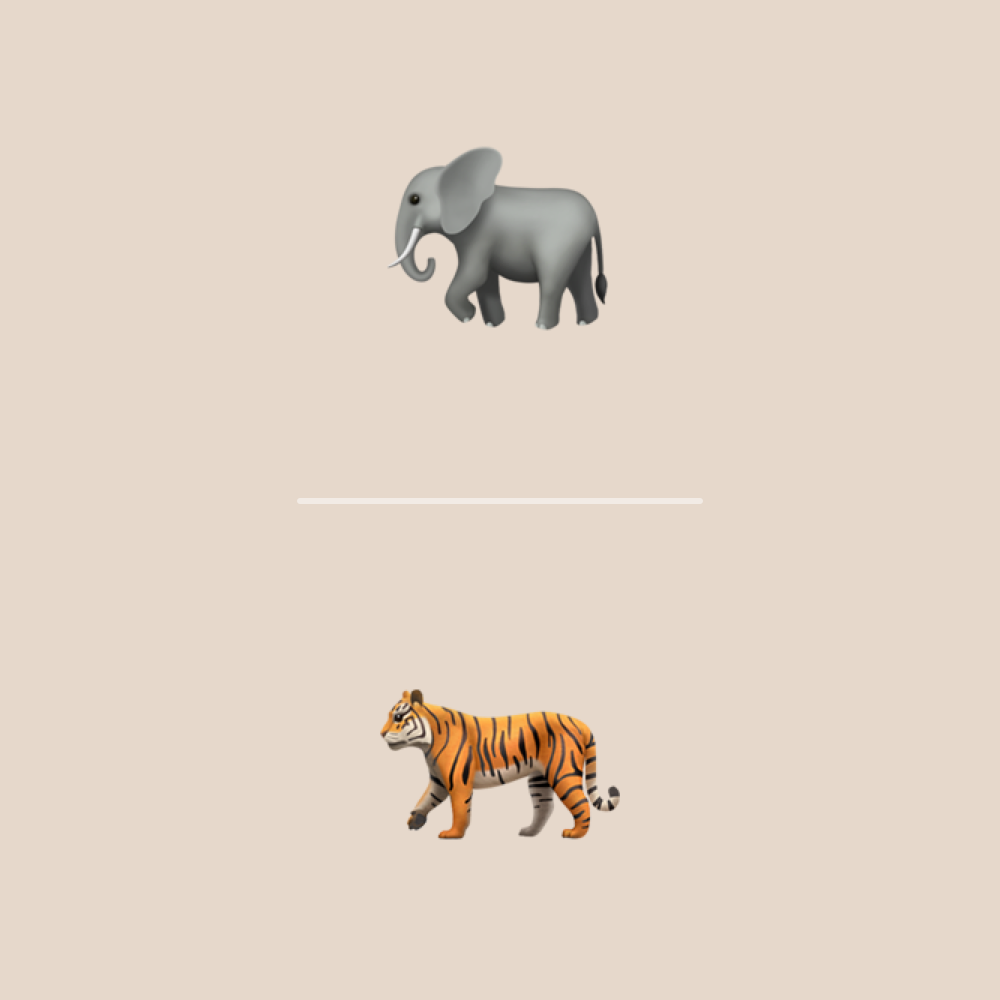
Assignment 1: Ethogram
05 February 2019
An Ethogram is a catalogue or inventory of behaviors or actions exhibited by an animal. The behaviors in an ethogram are usually defined to be mutually exclusive and objective, avoiding subjectivity and functional inference as to their possible purpose. My first assignment for Design in Safaris was to observe two different animals for at least 30 minutes each while documenting my observations either by some type of classical Ethogram (through pen/paper or software like ZooMonitor) or a modern technique such as computer-quantified video. Sources of observation could have been domestic animal-life within the city, video footage of animals or live streams from zoos.
For both of my Ethograms, I used the Instantaneous Sampling method which is a frequently used sampling method in animal behavior. While using the instantaneous sampling method, the observer records the behavior of an individual in a group at predetermined time intervals. This sampling methods records states, rather than events. In my case, I recorded the behavior of an African Elephant and an African Tiger, both from live streams of the Zoo of San Diego, at one-minute intervals for a 30-minutes period of time.
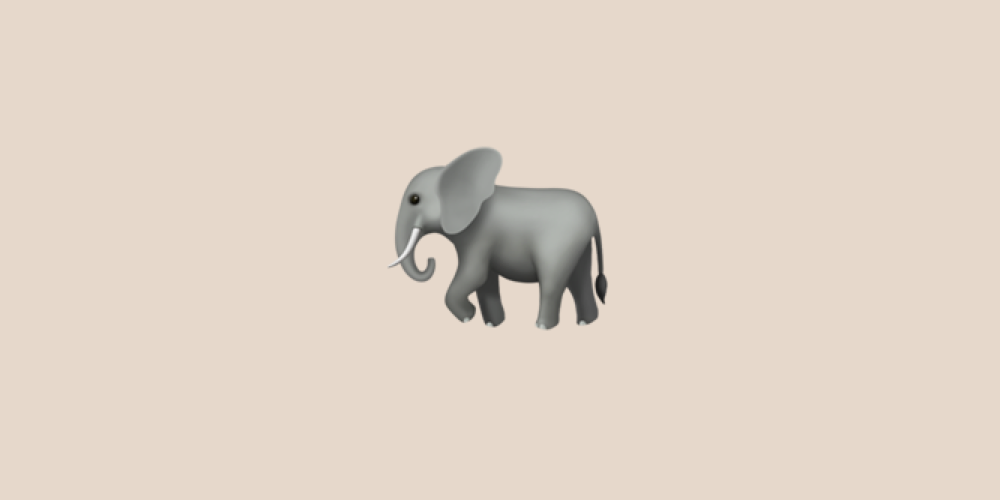
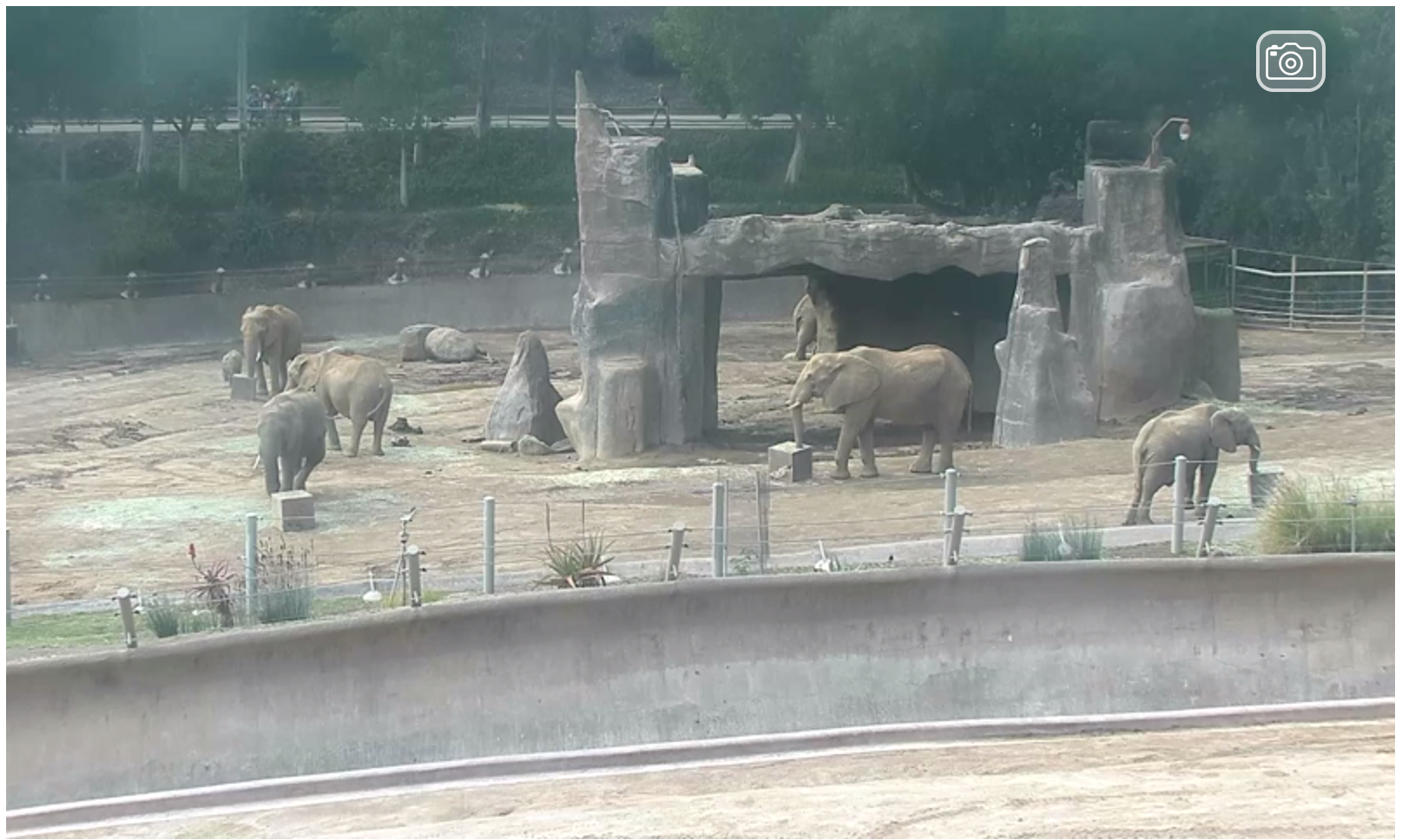
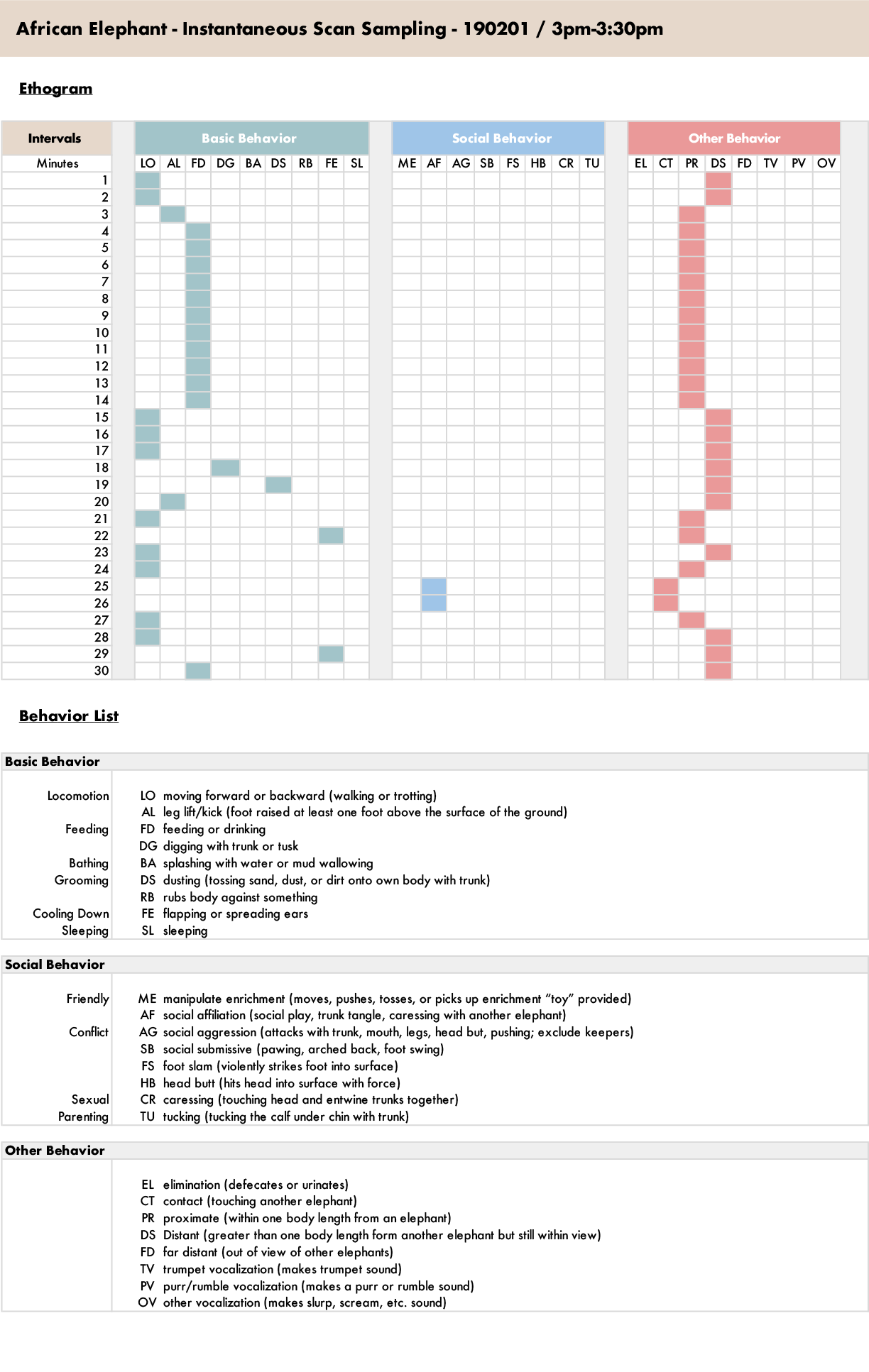
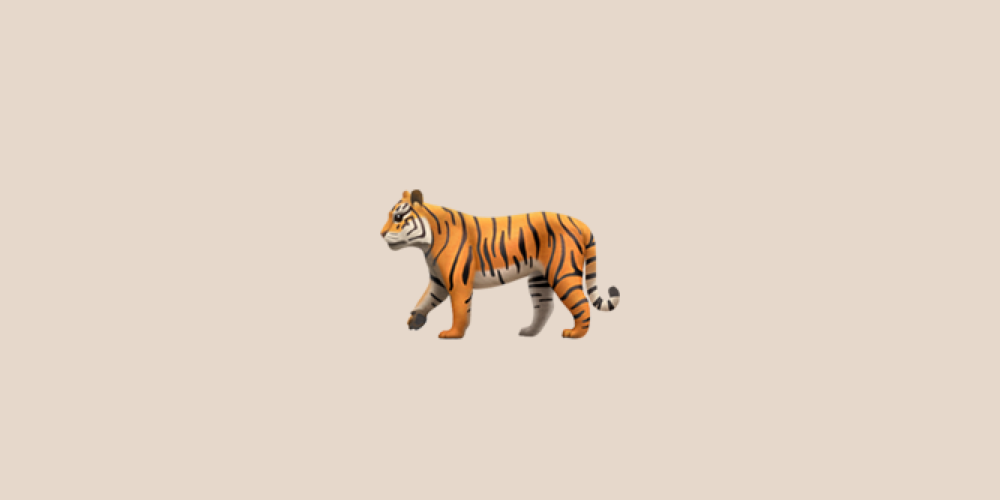
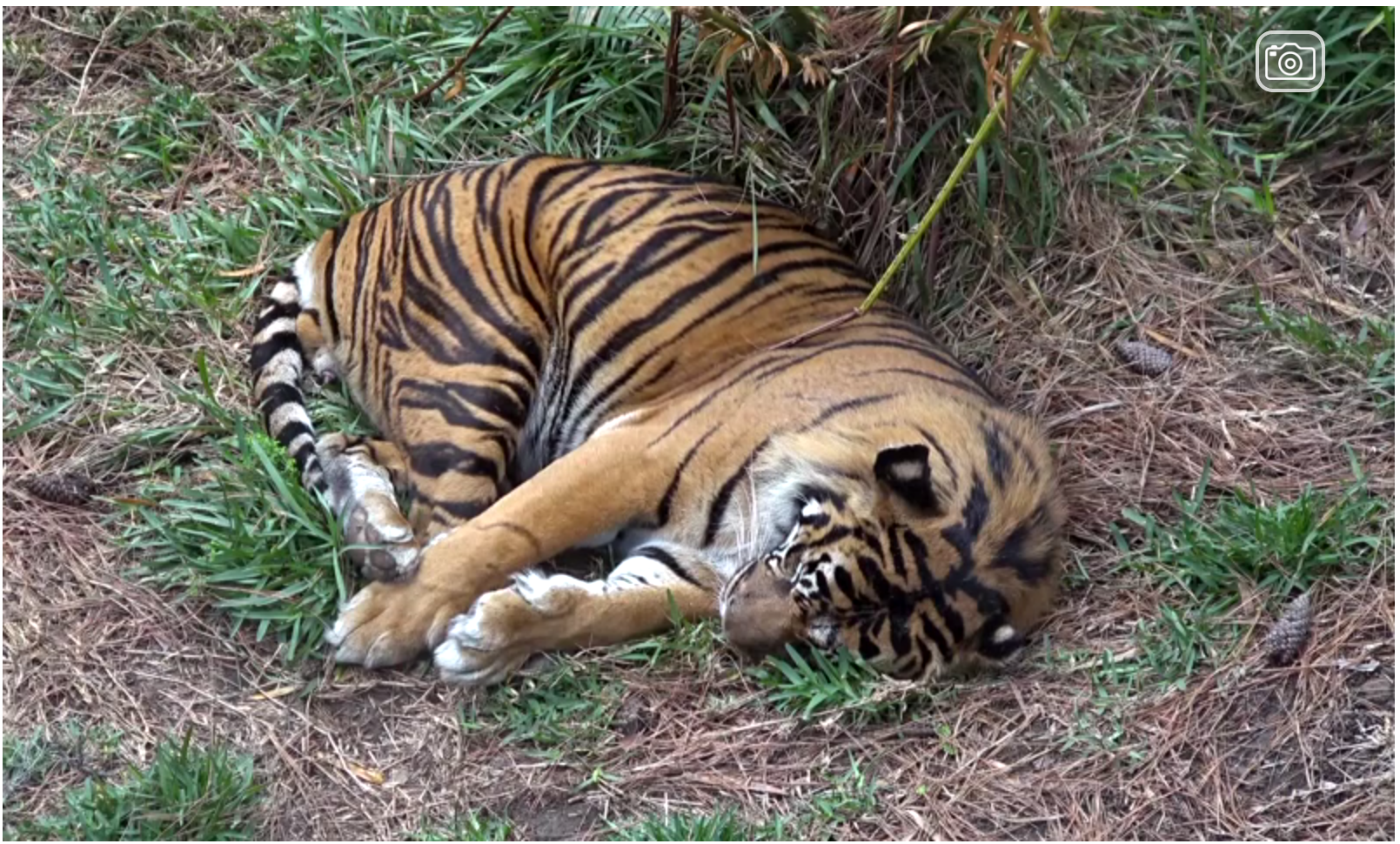
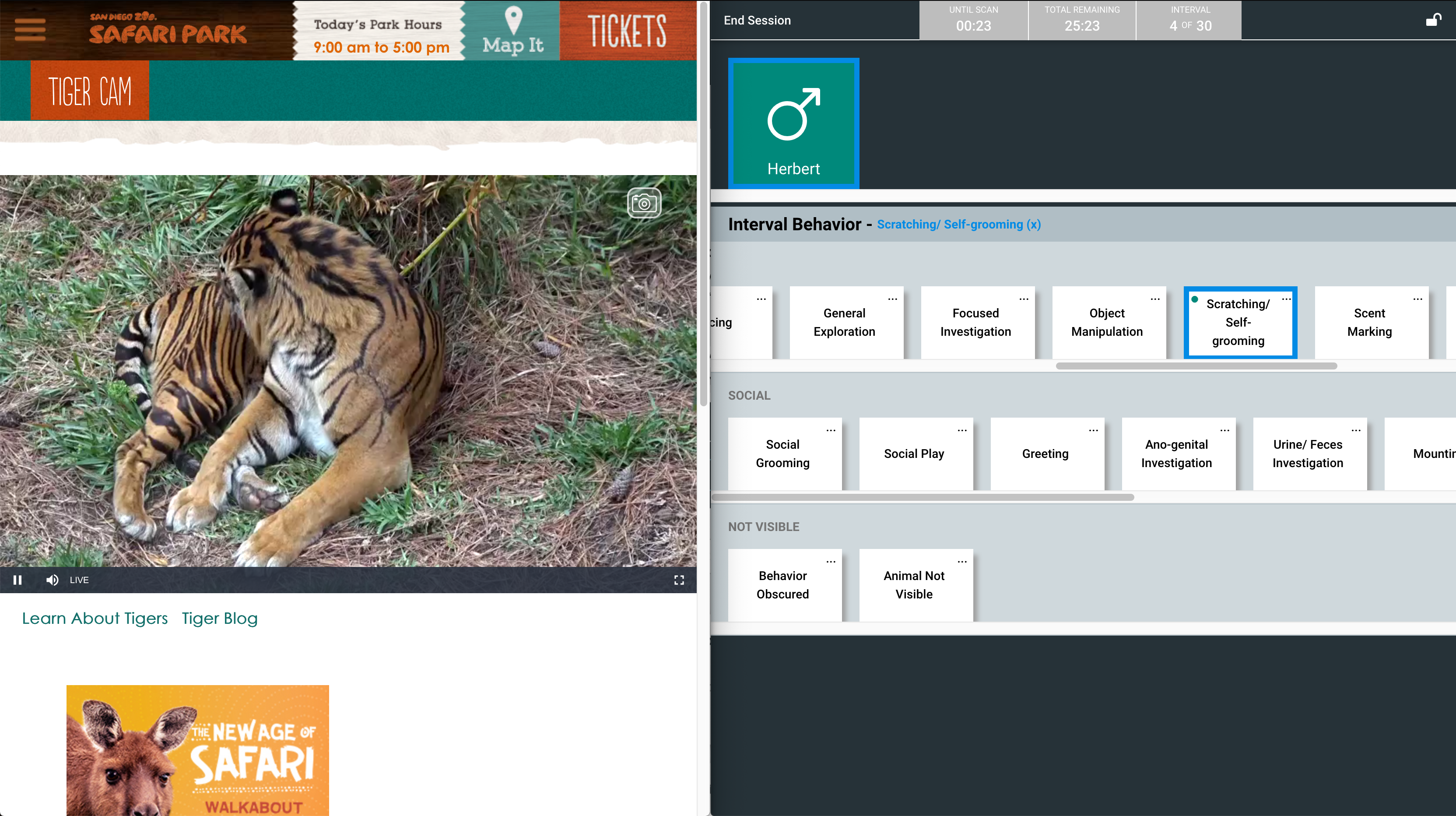

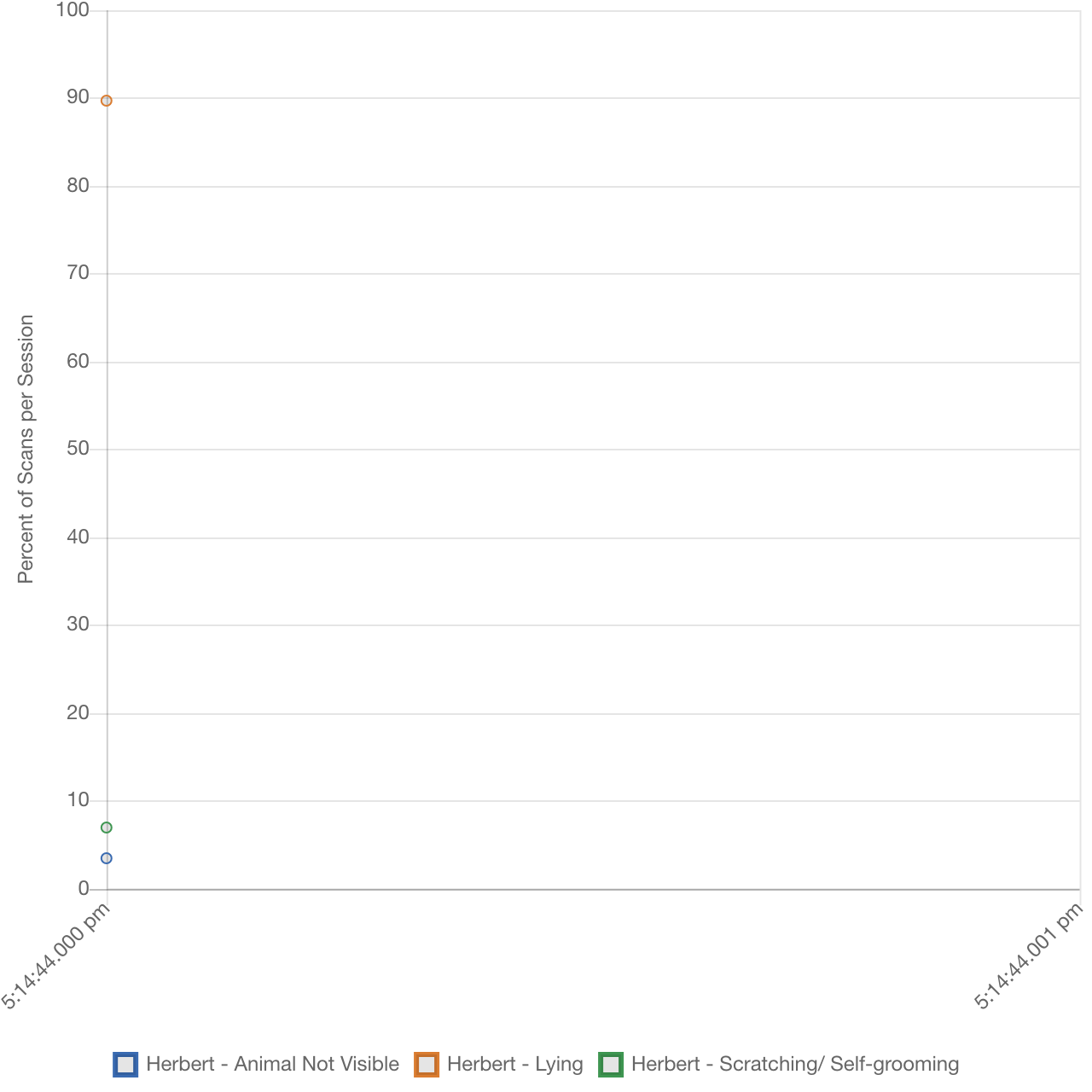
In conclusion, it can be noted that a 30-minute examination and documentation of animal behaviour is not sufficient to draw conclusions about the behaviour patterns of the investigated animal or species. After the creation of my ethograms, I now understand how important it is to make regular documentations in order to gain knowledge about the investigated animal from a larger pool of data. In addition, the Instantaneous Sampling technique I used for my ethograms shows limitations, as it only captures behavior at the end of an interval, but completely ignores actions performed between the intervals - resulting in much behavior being lost. One way to avoid this would be to shorten the time intervals, which I plan to do in the future. Tools like the ZooMonitor help to simplify the process of data collection and make it more comfortable for the observer, but they can only marginally reduce the time spent preparing and actually performing the observation. In particular, I was amazed at how much time it took me to prepare my ethograms, define behavior, and create a meaningful structure. All my observations during the creation of my ethograms lead me to the consideration, whether it would be possible to develop an AI-based documentation process that would fully automate the creation and analysis of ethograms.
🐘 Experts: Joyce Poole, Andrea Turkalo
🐅 Experts: K. Ullas Karanth, Alan Rabinowitz